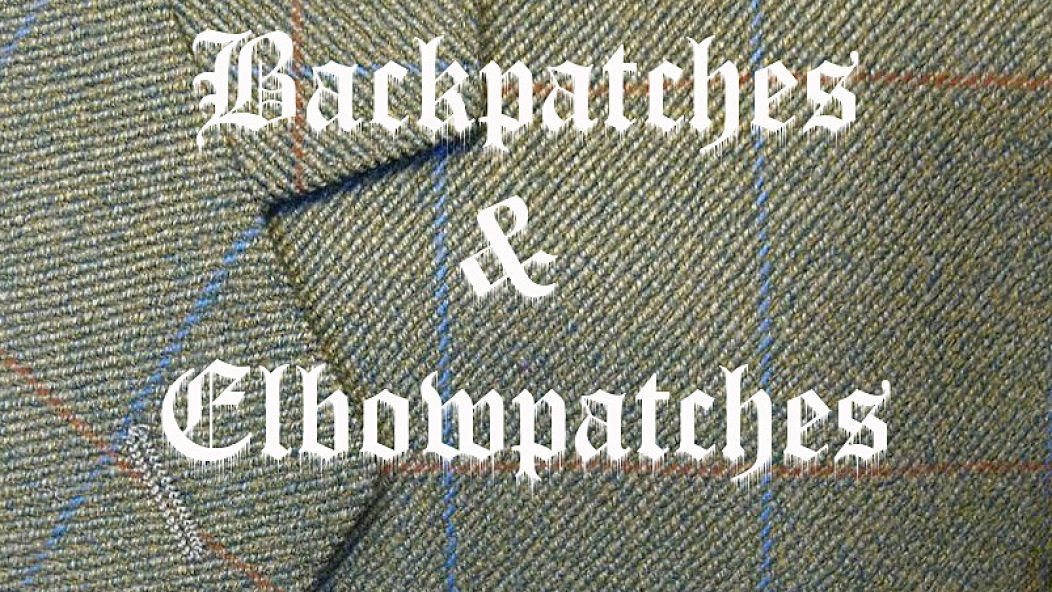
Backpatches and Elbowpatches #6: Subjectivity and Autoethnography in Metal Studies
I hope this finds everyone doing well over the summer. Thus far I’ve been enjoying the opportunities for occasionally seeing live music and reconnecting with people who I haven’t seen in “meat-space” for more than a year. Here’s hoping we don’t spoil it.
Before getting into the column, I wanted to highlight a few things going on as us folks over at the International Society for Metal Music Studies finish up our Metal Music Studies 101 campaign, with many thanks due to Didier Goossens at Erasmus University for his initiative and help. It was exciting to get to highlight so many of our folx who are working in Metal Music Studies in various capacities, which also underscored the diversity of approaches and breadth of different fields represented. That said, we are finishing up with something of an experiment – a book presentation and Q&A featuring Jasmine Shadrack, author of Black Metal, Trauma, Subjectivity and Sound: Screaming in the Abyss, in conversation with Laina Dawes, author of the crucial book What are You Doing Here?: A Black Woman’s Life and Liberation in Heavy Metal. Look for it on our YouTube channel over the weekend!
Dr. Shadrack’s book provides the main theoretical thrust for this month’s Backpatches and Elbowpatches, a brief exploration of subjectivity and autoethnography as it relates to Metal Studies and metal criticism in general. As an academic and philosophical concept, subjectivity is kind of hard to pin down, but Dr. Shadrack’s work intersects with a couple of main threads. One deals with perspective, in which subjectivity highlights the ways that our conception of the world around us is shaped by our unique consciousness and experience. It’s a bit like how an animal’s eye physiology determines its perceptions of color and space, including colors and viewpoints that human brains simply cannot experience because we lack the necessary hardware.
While this definition of subjectivity is useful because it underlines the way that reality and truth can morph depending on one’s position, Dr. Shadrack deals more directly with subjectivity as it refers to something/someone having individual consciousness and agency, being a “subject” with the ability to make choices and act upon them rather than an “object” that can only be acted upon. This is a crucial part of the book, because much of Dr. Shadrack’s narrative concerns having her subjectivity and agency denied by an abusive partner. Her scholarly inquiries and musical activities in her black metal band Denigrata then became a way to interrogate, understand, and heal in the aftermath of this experience. Personal narratives then become a way to address broader issues about women’s engagement with metal and the use of performance as catharsis.
The concept of autoethnography might be considered a sort of intensification or foregrounding of subjectivity, since its main idea involves self-reflective writing that takes those personal experiences and connects them to broader cultural and social meanings. In most traditional research contexts, this idea turns everything on its head by rejecting many of the tacit relationships that have long structured scholarship, not least the idea that there is a distinction between the researcher and the researched. Folks of a more data-driven quantitative mindset obviously have a hard time with it, because its claims can’t be verified or falsified in a systematic sense. (Might note that these people also tend to have a hard time with ALL narrative-based and humanistic research) Autoethnographic research also invites accusations of self-indulgence, navel-gazing, and even narcissism, which I can actually understand somewhat because it does represent a potentially jarring shift in perspective and tone.
I think my first encounter with scholarship of this nature (but which I don’t recall ever used the term “autoethnography”) was Michael Bakan’s book Music of Death and New Creation: Experiences in the World of Balinese Gamelan Beleganjur (1999), in which his fieldwork and musical analyses are juxtaposed with his narrative of personal difficulties, loneliness, and growing disillusionment with ethnomusicological research in general. The more anecdotal side of the book sometimes feels like a confessional travelogue, but in the end Bakan’s experience raised important questions about long-accepted research imperatives and methods in the field, suggesting that they can actually hinder understanding rather than facilitating it. This is knowledge that can only be born of experience, so the experience needs to be acknowledged.
As a result, Screaming in the Abyss is necessarily a much more personal book than your average academic monograph, or even most other writing on metal. Indeed, the “voice” of traditional academic writing usually tries to minimize the personality, opinions, and experiences of the author…presenting data and conclusions as objectively true and free of any individual biases, interpretations, or other emotional attachments. But in many ways it also perpetuates a form of gatekeeping beyond the sciences by limiting what sorts of experiences are validated within academic circles, maintaining a certain hierarchy of knowledge. In music writing, for example, it separates the writings of music critics and journalists from “serious” scholarship. Writing about music and other artforms has a built-in affinity towards writing about the self, but what I’ve come to appreciate about autoethnography and other types of reflexive writing is the way it foregrounds the circumstances that construct the author’s perspective.
Finally, dismissing individual experience as a driver of academic inquiry also hides the fact that claims for objectivity are almost always a bit of a mirage. Naturally, not all research endeavors are going to involve the intense introspection and self-interrogation that comes with autoethnographic work. But acknowledging that we all have unique experiences that collectively color our perceptions and channel our academic work in various ways seems important. It lets readers know that there is a person behind that work, and Dr. Shadrack’s book is also a reminder that we also need to make sure we listen to and take care of each other.
…
Ross Hagen is a musicologist at Utah Valley University and is the author of A Blaze in the Northern Sky from the 33.3 series. Fun. Core. Mosh. Trends.
Graphic used under creative commons.
https://commons.wikimedia.org/wiki/File:Dormeuil_fabric_on_jacket.jpg
Toxophilus, CC BY-SA 4.0










